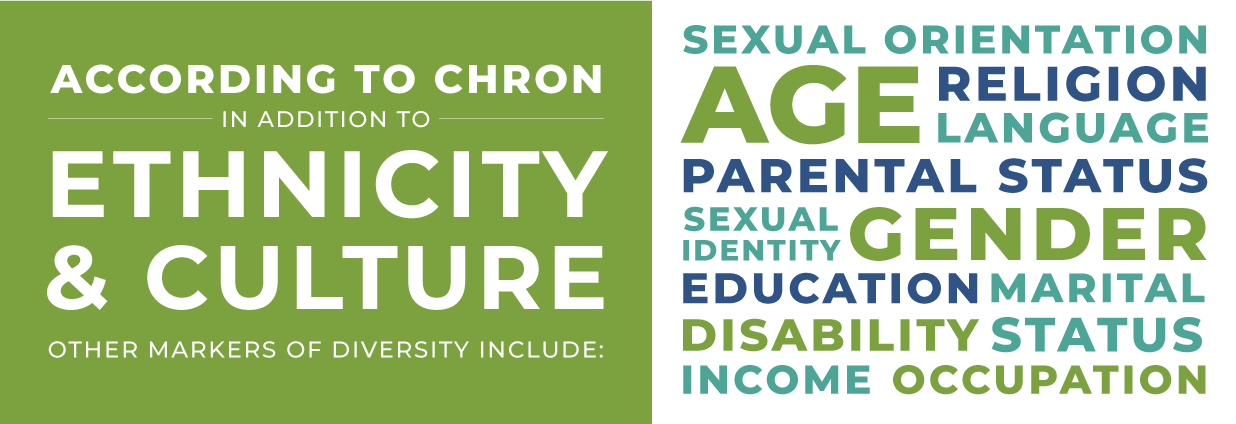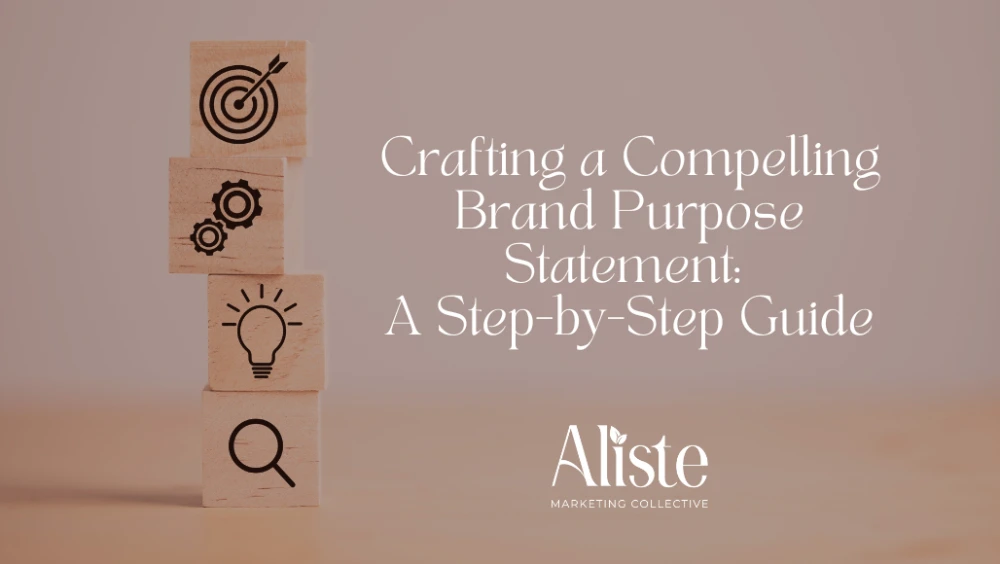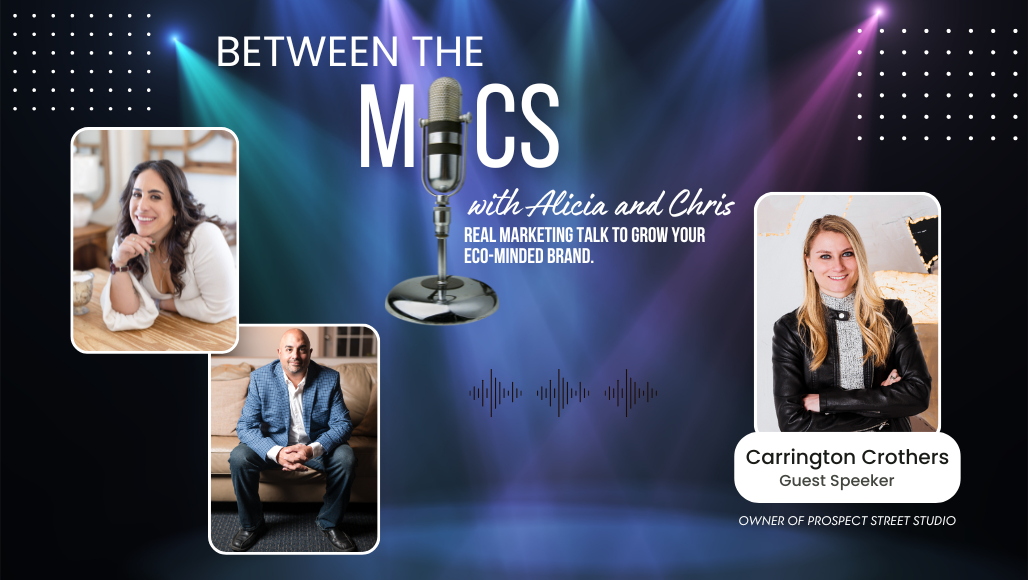If you go to the mall on a regular Saturday, you’ll see men, women and children of a wide variety of ethnicities and cultures.
This diversity reflects the melting pot that the United States has always been — a place where people from a range of backgrounds and with a wide variety of beliefs live together in a single society.
In fact, the U.S. Census predicts that by 2060, 56 percent of the U.S. population will be made up of minority groups.
With our society growing more diverse by the day, the role of diversity in marketing is also increasing.
Hiring Diverse Talent
According to AdAge, businesses that promote inclusivity in the workplace generate as much as 30 percent more revenue per employee than competitors that don’t.
The reason for this is that teams that are made up of people from a range of backgrounds and cultures are more creative and innovative.
Why?
Because they approach problems from differing points of view and share their opinions with each other.
This exchange of perspectives enables them to explore a wide range of options and consequently select the one that’s most appropriate.
Diversity in Campaigns
Nowhere is the awareness of diversity and practice of inclusivity more important for businesses than in their messaging.
Clearly, a marketing team that’s made up of people from a wide variety of backgrounds and cultures is far better equipped to understand what appeals to a range of audiences than one that’s homogenous.
It’s also in a much better position to create branding and marketing messaging that resonates with diverse audiences.
[click_to_tweet tweet=”People want brands to understand their world and speak their language.” quote=”People want brands to understand their world and speak their language.”]
And that’s critical, since nowadays, messaging that doesn’t resonate is ineffective.
Just think about it: If a clothing manufacturer’s commercials only feature single, slender 20-something Caucasian women, are they going to resonate with older women who aren’t Caucasian and slender?
Probably not — and what’s left is a relatively small target group.
But if the brand makes commercials featuring women of a range of ages, body types and ethnicities, a much larger audience can suddenly identify with it.
One of the most recognizable campaigns that featured diversity was Tylenol’s “How We Family.”
In which a number of moms — including actress Lucy Liu — explain what being a mom means to them.
The commercial talks about surrogacy, gay marriage, single mothers and more — and it realistically highlights the fact that motherhood and family in today’s society come in many different forms.
Keep a Finger on the Pulse of Diversity
So what does this mean for your company?
Well, first of all, it’s important to seek out diverse opinions when creating a marketing campaign. With input from people from different backgrounds, you’ll be in a better position to appeal to a broader market — and that can have a direct impact on your bottom line.
And second, remember to stay abreast of the composition of your target audience, as it’s likely to change and evolve over time.
By staying aware of whom the people are that you’re serving, you’ll be better equipped to create effective marketing campaigns.
For more information about diversity in marketing, please contact us today.




